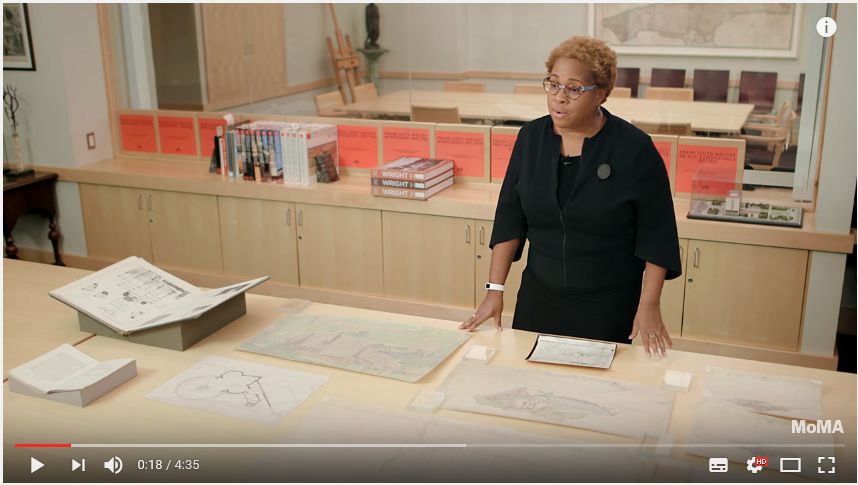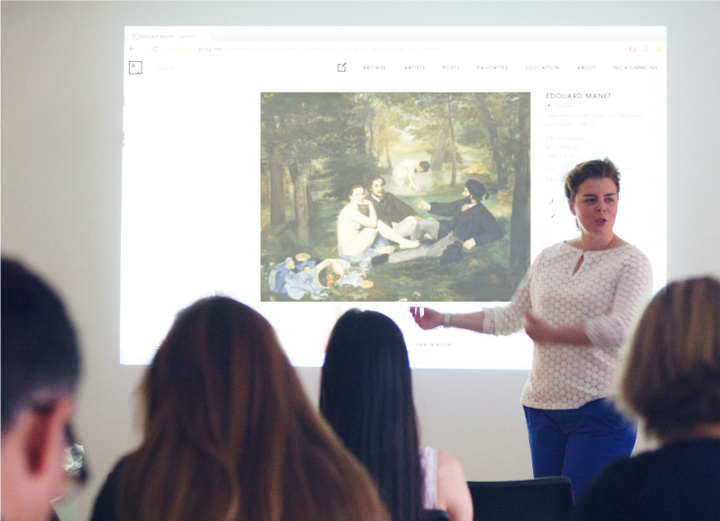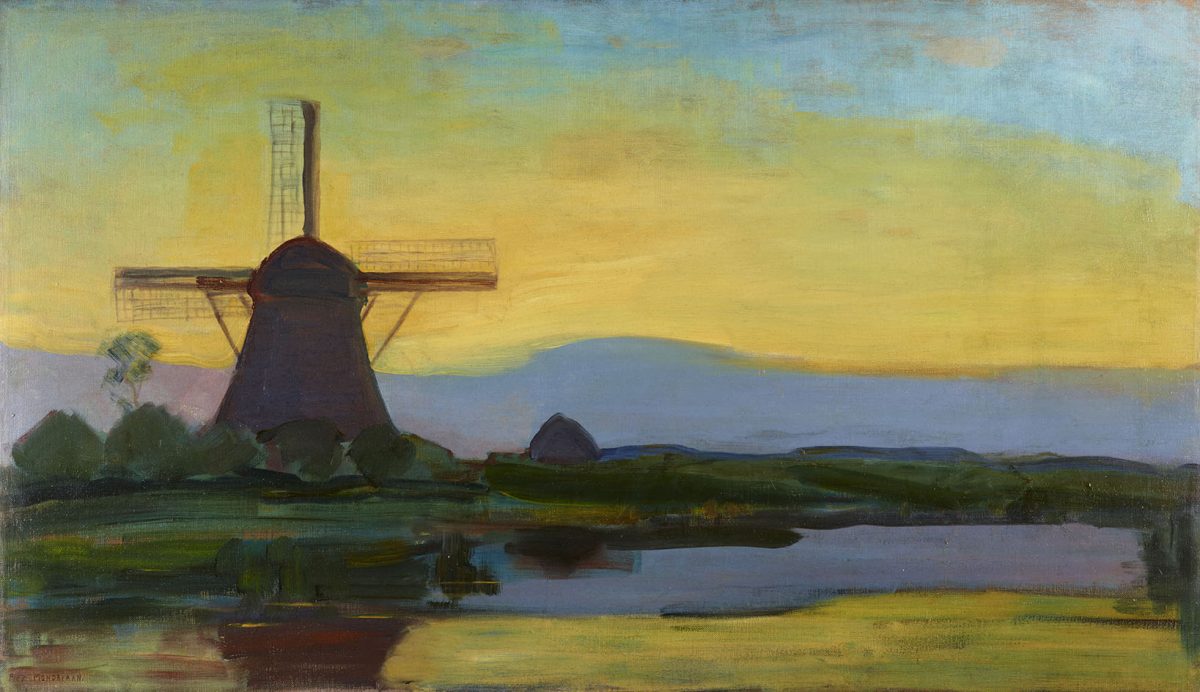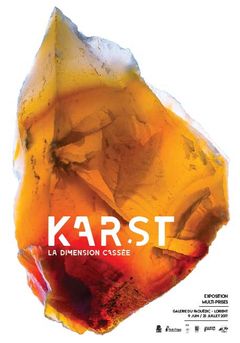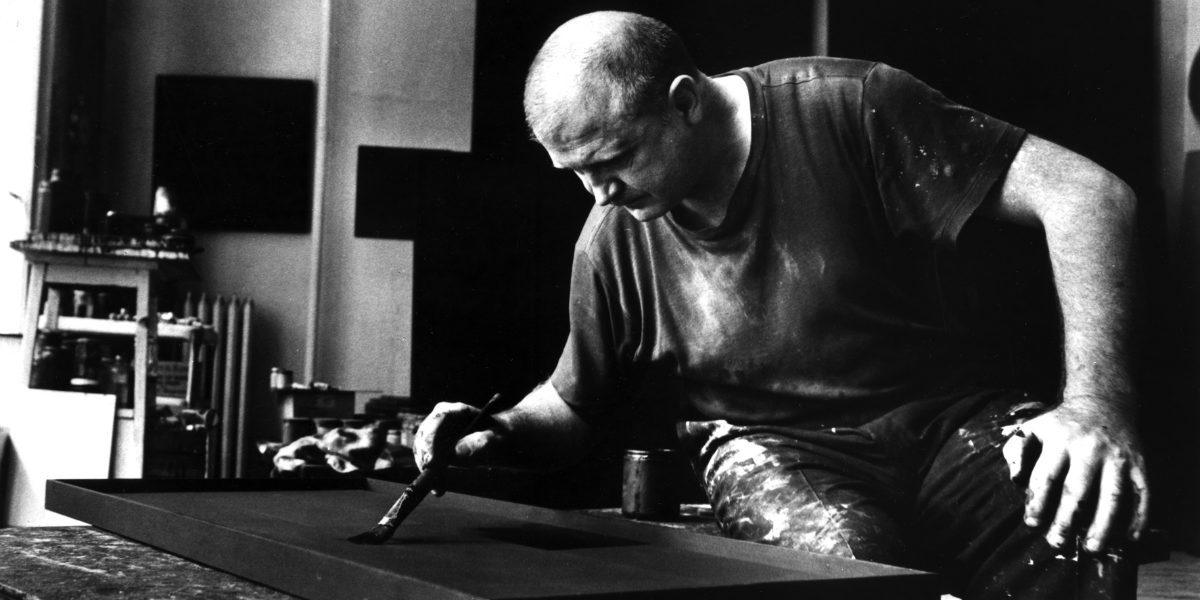The advocate of the philosophy he called Art-as-Art, Ad Reinhardt was a prominent painter, writer, critic and educator whose work has been associated with the Abstract Expressionism although it had its origins in Geometric Abstraction, announcing the Minimal and Conceptual Art and Monochrome Painting. As a member of the American Abstract Artists, he was a part of the group gathered at Betty Parsons Gallery that became known as Abstract Expressionism. Recognizable for his cartoons that made fun of the art, Reinhardt is also remembered for the Black or Ultimate Paintings that he claimed to be the “last paintings” that anyone can paint.
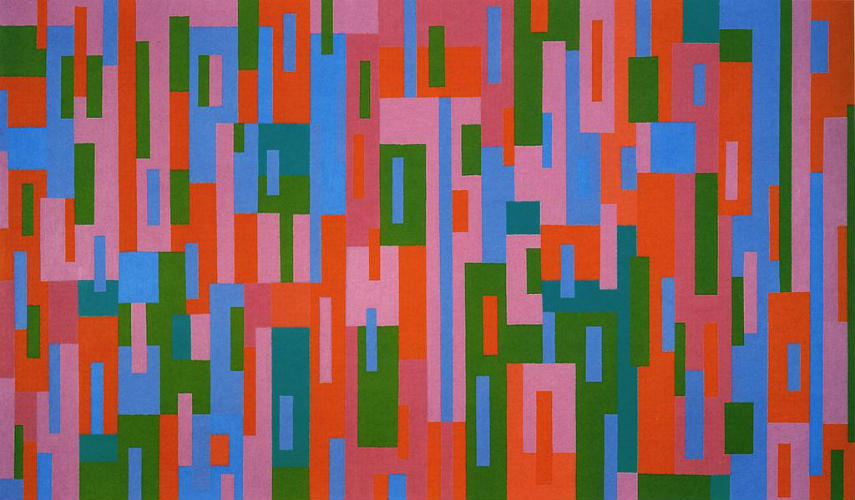 Ad Reinhardt – Abstract Painting, 1948, photo via cavetocanvas.com
Ad Reinhardt – Abstract Painting, 1948, photo via cavetocanvas.com
Early Life and Decision to Study Art History
Adolph Frederick Reinhardt was born on December 24, 1913, in Buffalo, New York. He showed an interest in art from his early childhood, working as an illustrator for the school’s newspapers. Rejecting several scholarships from art schools, he chose to study art history at Columbia University in New York, under the famous Meyer Shapiro who gave him a solid background in theory and humanities through latest trends and contemporary approaches. Shapiro also had a great influence on Reinhardt’s political views, introducing him to the radical leftist Marxist believing that he adhered for the rest of his life. In 1935, he began artistic training at the national Academy of Design and at the American Artists School in New York, falling under the influence of two prosperous painters, Carl Holty and Francis Criss who worked under the postulates of the Cubism and Constructivism.
Reinhardt studied art history at Columbia University in New York under the famous Meyer Shapiro
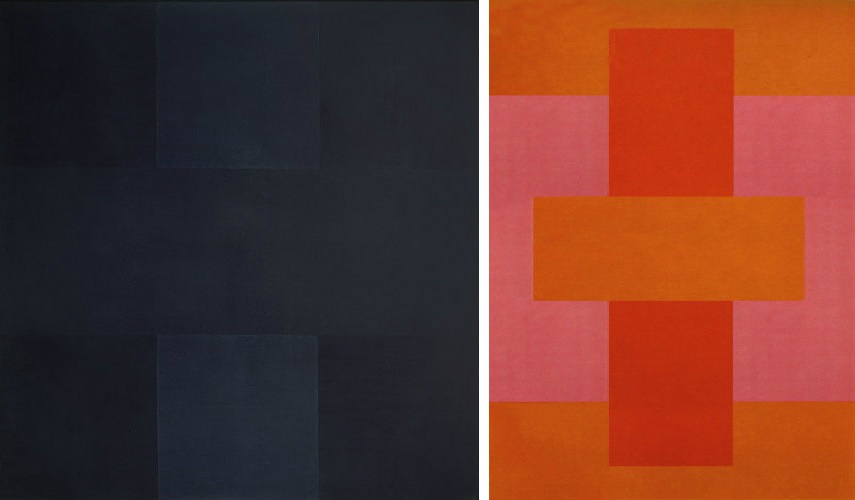 Ad Reinhardt – Abstract Painting, 1960, photo via art-agenda.com (Left) – Red Abstract, 1952, photo via quotesgram.com
Ad Reinhardt – Abstract Painting, 1960, photo via art-agenda.com (Left) – Red Abstract, 1952, photo via quotesgram.com
Strivings for an Absolute Abstract Forms
During the late 30’s Reinhardt was among the artists employed by the government WPA project, which proved to be important for his further career, considering his acquaintance with Willem de Kooning and Arshile Gorky with whom he became a life-long friend. Creating in a realm of the geometric abstraction, his work starting to show the aspects of gestural abstraction. In this period, he worked a freelance illustrating job for several New York publications. Constantly striving for an absolute form of abstraction deprived of narratives or any kind of reference to anything outside the canvas, Reinhardt could no longer find himself in Abstract Expressionism, charging it for the opulence of emotional indications and a cult of the ego. Highly influenced by the art of Kazimir Malevich and Russian Suprematist theories, he became occupied with solid fields of color arranged in geometric forms of squares and rectangles, directly inspired by Malevich’s Black Square (1915). In his theoretical writings Reinhardt has brought these ideas into connection with complex philosophies, as Neo-Platonism, Negation Theology and Zen Buddhism.
Reinhardt was highly influenced by the art of Kazimir Malevich and Russian Suprematist theories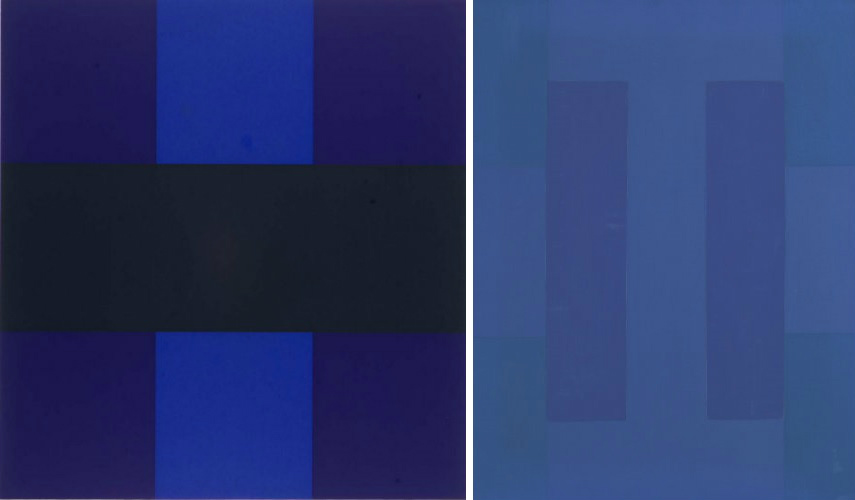 Ad Reinhardt – Untitled, 1966, photo via cavetocanvas.com (Left) – Abstract Painting Blue, photo via mutualart.com
Ad Reinhardt – Untitled, 1966, photo via cavetocanvas.com (Left) – Abstract Painting Blue, photo via mutualart.com
Painting in Red, Blue and Black
Believing in an absolutely pure, ordered and balanced abstract art, in 1950’s Reinhardt began his experiments using the single color in the series of paintings. He started with Red paintings, then the Blue ones and finally came to the Black that marked his career for the rest of his life. Bringing the medium of painting to its limits of expression, he tended to create absolute zero, the end of the light. Challenging the viewer’s patience, making him stunned by the complete absence of narrative, palette, or any other element that everybody was used to, Reinhardt explained that everything is on the move, so the art should be still. He created collaborative art pieces, the ones whose existence were impossible without the viewer’s presence. As our experience of particular painting alters, instead of the inert images, these works became events. They change in every different feeling of their audience. Read more (…) : Ad Reinhardt | WideWalls
He was in a constant search for the pure and balanced abstract art
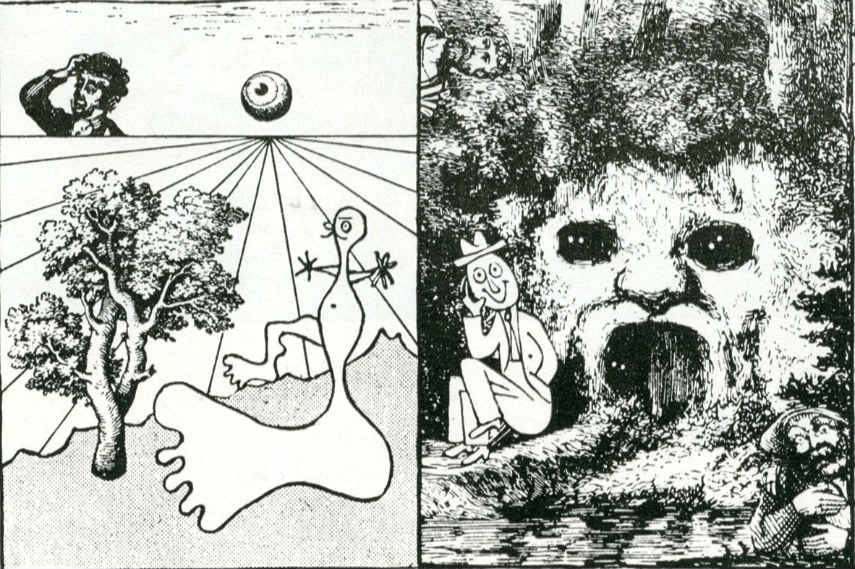
Top Image : Ad Reinhardt portrait, 1966, photo via mythgallery.com

